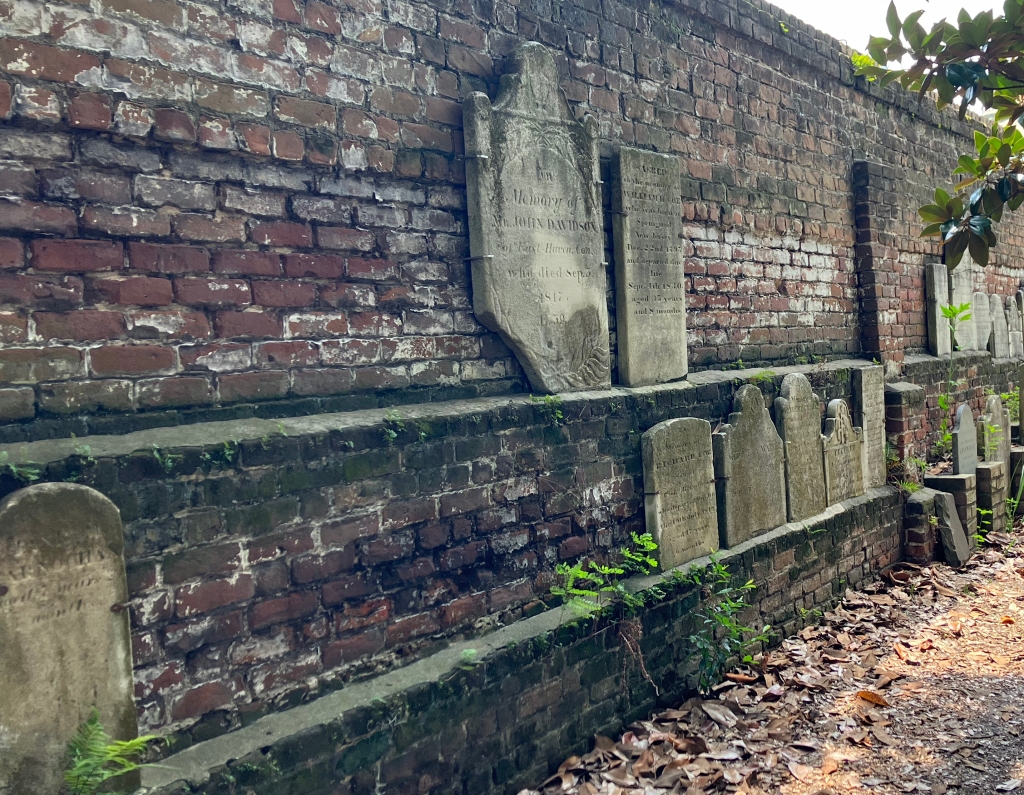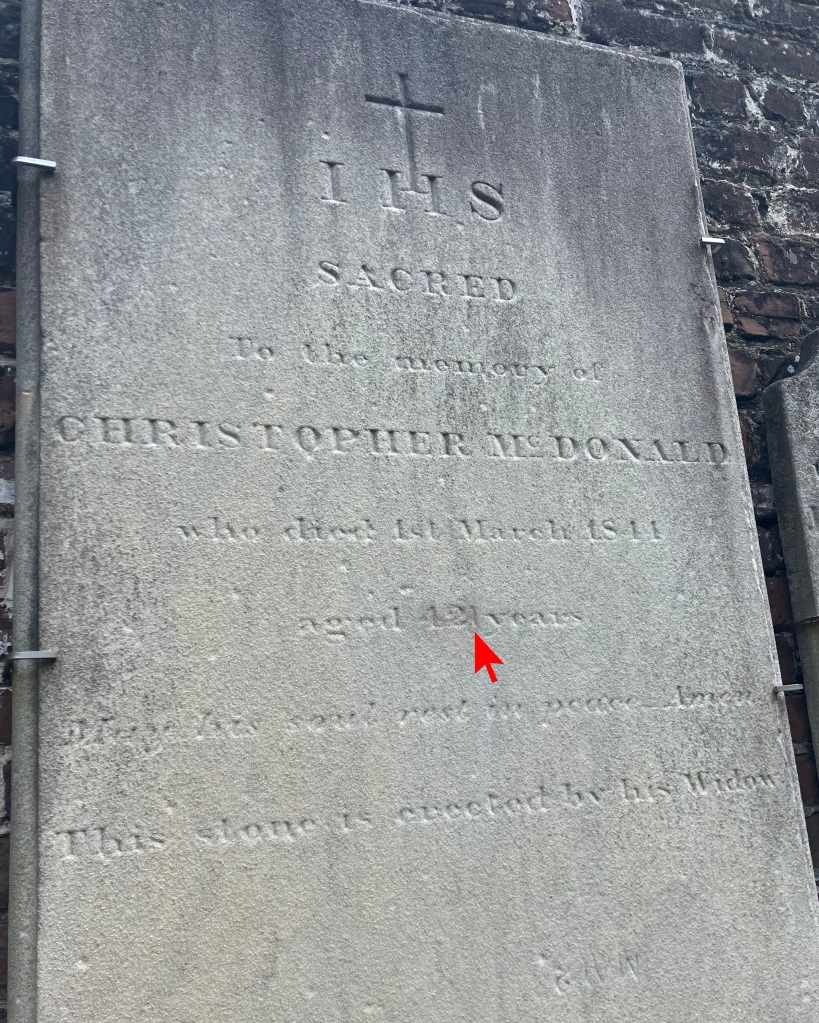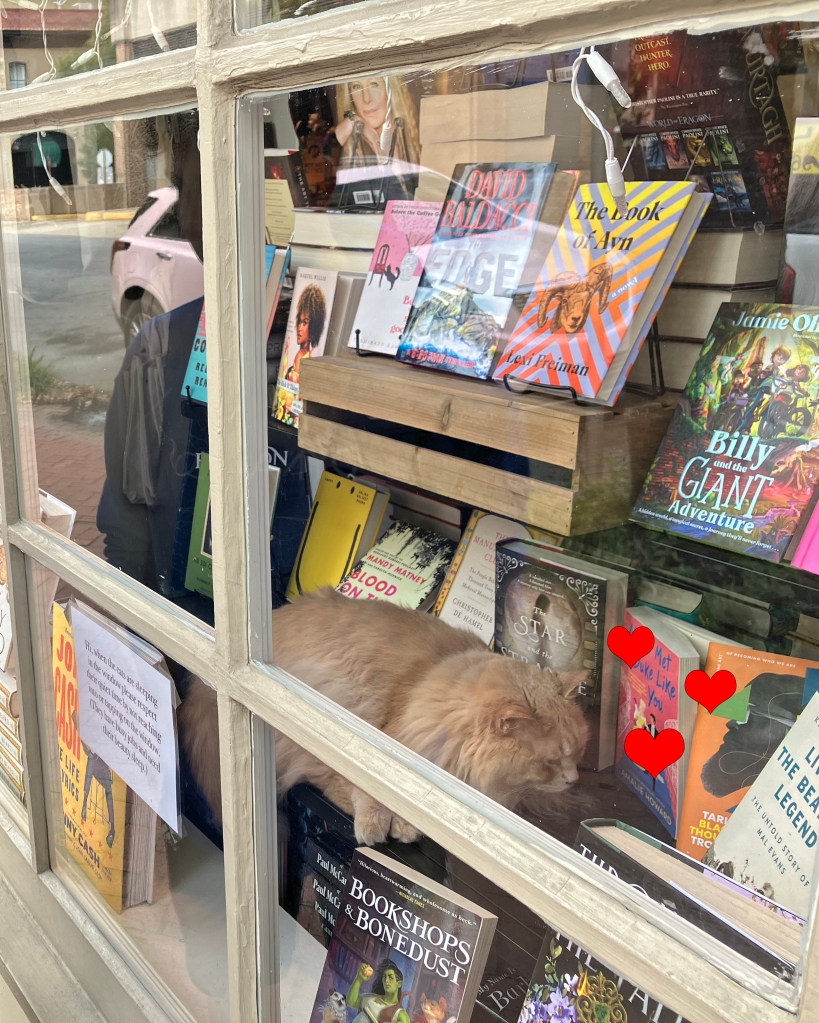One of my favorite places to go for a quick day trip or mini vacation is Savannah. As close as Disney World but not nearly as expensive, it also has the added attraction (for the adults, at least) of being full of history. And being married to a history nerd… well, it’s rubbed off. One of my favorite historical haunts (pun intended) is Colonial Park Cemetery. I visited it twice when chaperoning my kids’ 5th grade field trip to Savannah, but what actually made the biggest impression on me was hearing about it from the perspective of a ghost tour this past summer.

I’ll have to admit, I had no idea what to expect from the ghost tour. While there was a conspicuous dearth of actual ghost sightings, and much of the tour was intentionally campy, the historical foundation laid beneath the ghost tales is solid. After hearing that hundreds of victims of the Spanish influenza had been shoveled into a mass grave and that Union soldiers used the cemetery as a camp in the Civil War, Thomas and I had to investigate for ourselves.
We didn’t find a marker for the victims of the flu, but we did walk along the back wall of the cemetery, where displaced headstones now rest. Many headstones are so old that their surfaces have been worn smooth, but we finally found one where some 19th century comedian etched a 1 with his Union-issue bayonet, changing the deceased’s age from 42 to 421. The rule follower in me is appalled by such blatant disrespect of the dead, but the nerd in me finds it absolutely fascinating that this prank from over 150 years ago is still visible today.
Earlier this week, we took the kids to the cemetery to show them our post-ghost tour findings. I’d taken a picture of the altered headstone the first time we found it, and we were able to find it again. Instead of being bored to death, the boys actually thought it was interesting. When not distracted by classmates and a rushed schedule, they began asking questions about the cemetery and the Civil War and history in general. We found some headstones from the 1840s that looked pristine. Considering that people were no longer buried in Colonial Park Cemetery after 1853, that’s comparatively recent. Reading the ages of the deceased on many of these headstones was a history lesson in itself—lots of children and teenagers. It’s sobering to realize that these aren’t cool props but actual markers in honor of real people. Now that the boys are old enough to appreciate it, a cemetery is a pretty cool place to visit.
Now that I think of it, a cemetery would be an excellent setting for a novel—one I have yet to use. I can, however, recommend a great book that has a lot of interesting goings-ons in London’s Highgate Cemetery. It’s Robert Galbraith’s The Ink Black Heart. (Side note: Robert Galbraith is a pseudonym for J.K. Rowling, and The Ink Black Heart is the sixth book in his/her phenomenal Cormoran Strike series.) Not only does a murder happen in London’s Highgate Cemetery, but Galbraith/Rowling creates a whole animated world around that cemetery. If you happen to be in the Savannah neighborhood, I can even recommend where to buy The Ink Black Heart (and any other book you could possibly want): E. Shaver Booksellers. They have giant friendly cats that sleep in the windows—what more could you want?
So keep reading, but don’t forget to get out into the real world and visit places that are worth reading and writing about.


[…] reading a fabulous book (The Running Grave, sequel to The Ink Black Heart, if you read my last post); I enjoyed a day trip to Savannah with my family (also in my last post); I did some much-needed […]